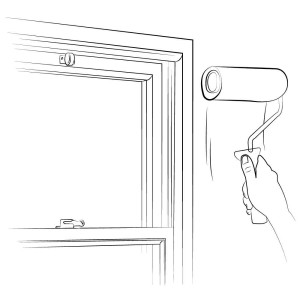All Categories
Featured
Table of Contents
Double Glazed Windows Sydney in Balga WA
Laminated glass is typically used in areas in the house most vulnerable to injury from human impact such as bathrooms, doors, around staircases and in areas close to the flooring (it fulfills the requirements of 'shatterproof glass' that is mandated for usage in these areas by Australian Basic AS 1288 Glass in buildings).
Toughened glass has been 'tempered' by being reheated and quickly cooled once again. This process makes it much stronger than standard glass it can withstand higher effect loads before breaking. It likewise makes it safer since, when it does shatter, it burglarizes numerous little cubic pieces instead of dangerous shards.
Why Double-glazed Windows Are A Must in Alexander Heights WA
Toughened glass has no thermal or acoustic advantages over other glass of the same toning or thickness. Secondary glazing is where single-glazed windows are retrofitted with a transparent acrylic or glass sheet connected to the within of the frame or openable sash with a secondary frame or with magnetic strips.


Secondary glazing will not perform also thermally as a made IGU, given that it is impossible to completely seal the boundary, but it can supply good noise control. Window films are a thin polymer film including an absorbing dye or reflective metal layer, with an adhesive support. They stay with your glazing to alter its colour or make it reflective.
Benefits Of Replacing Double Glazing Windows In The Summer in Bentley Western Australia
Applied to existing glass, some window films can cut in half the general SHGC of the window by absorbing and/or reflecting solar radiation. This can be particularly beneficial in hotter climates where cooling is the primary concern, or on east and west elevations straight exposed to extended periods of sunlight. Window movies might likewise minimize visible light transmittance.

For this factor, it is usually best to use an accredited installer of window film. Frames have a considerable effect on the thermal efficiency of windows and doors, because energy can be gained and lost through the frame, in addition to through the glass. Different types of frame will enable different levels of heat gain and loss, so careful choice of frame is very important for effective passive design.
What Are The Advantages Of Double Glazed Windows? in Martin Perth
Nevertheless, aluminium is also a very excellent conductor of heat and will decrease the insulating worth of a glazing unit, unless specifically crafted to minimize this. A 'thermally broken' frame is made up of 2 aluminium areas connected by a structural insulator (typically a low-conductivity structural polymer). This 'breaks' the thermal connection through the aluminium and decreases the heat flowing through the frame.
Wood frames are an excellent natural insulator that can fit some house styles. Timber frames need to be made from types that have naturally high toughness or be treated to prevent decay and deformation.
Does Double Glazing Reduce The Heat In Brisbane's Summer? in Kenwick Perth
(weather stripping) is installed.
u, PVC windows and doors have exceptional thermal performance Image: Ben Wrigley (Light House Architecture and Science) Composite frames use aluminium profiles on the external areas with either a wood or u, PVC inner section. These combine the low upkeep and toughness of aluminium with much improved thermal performance.
Latest Posts
Faq in Bedfordale Perth
What Are Double Glazed Windows? - Build in Duncraig Western Australia
Single Glazed Vs Double Glazed Windows - Ultimate Guide in Kensington Perth